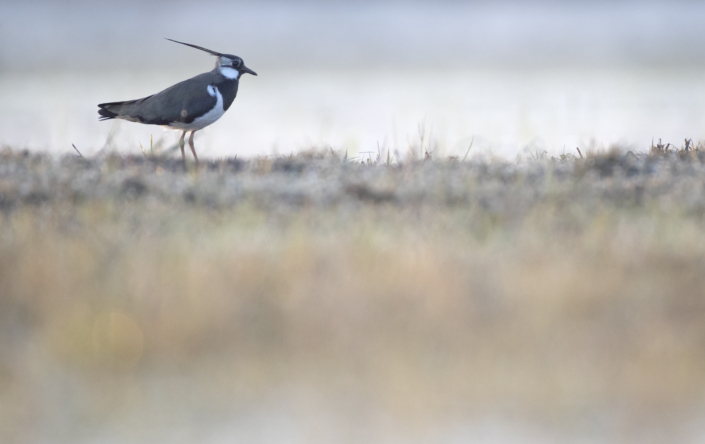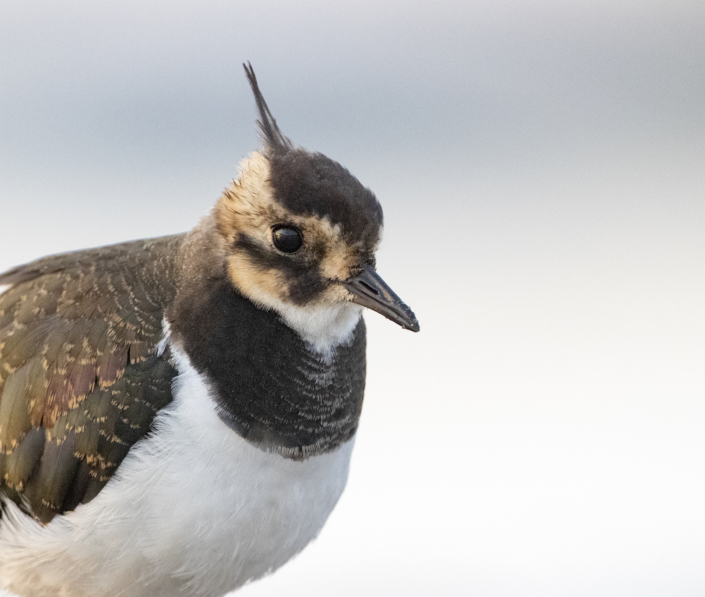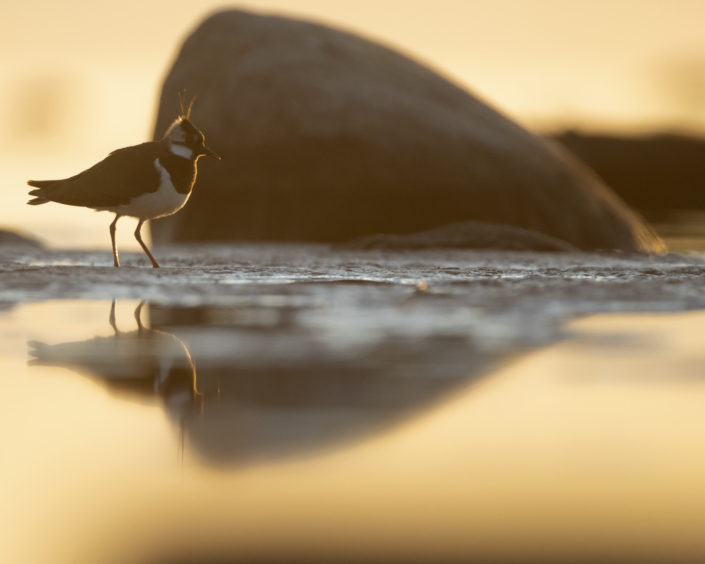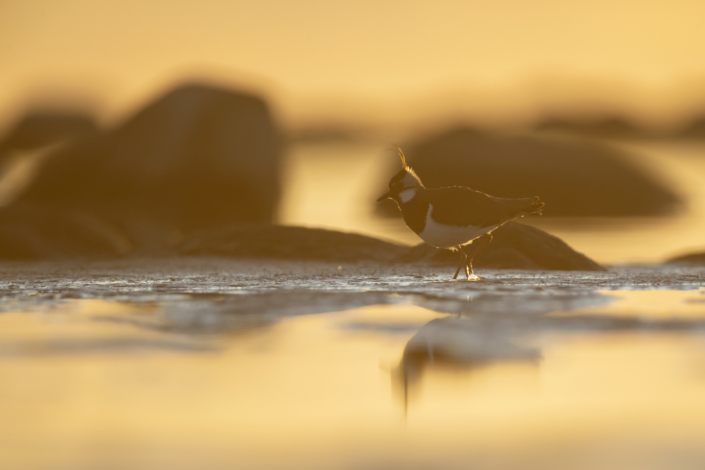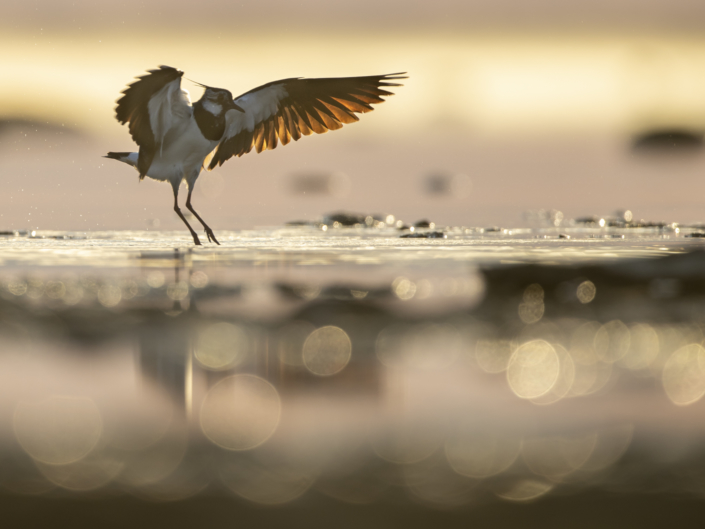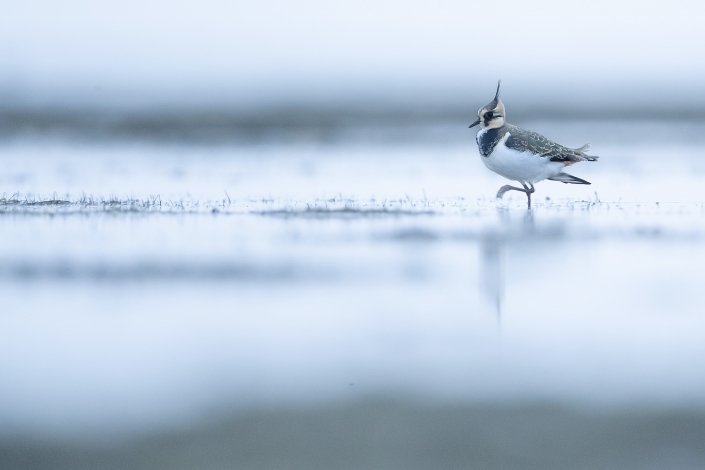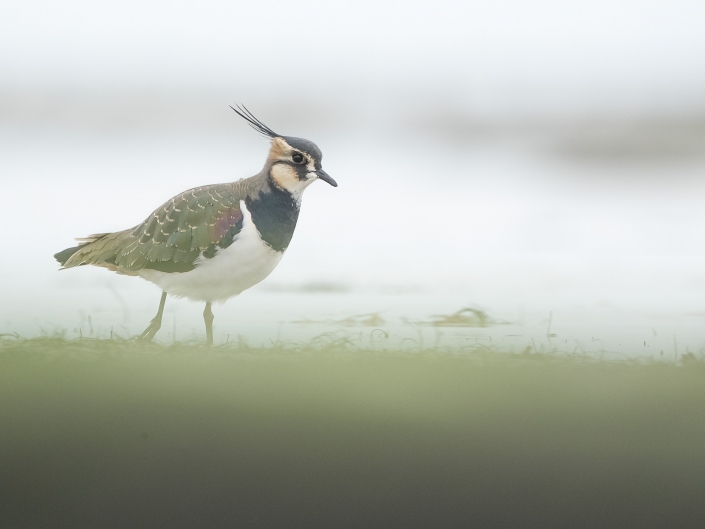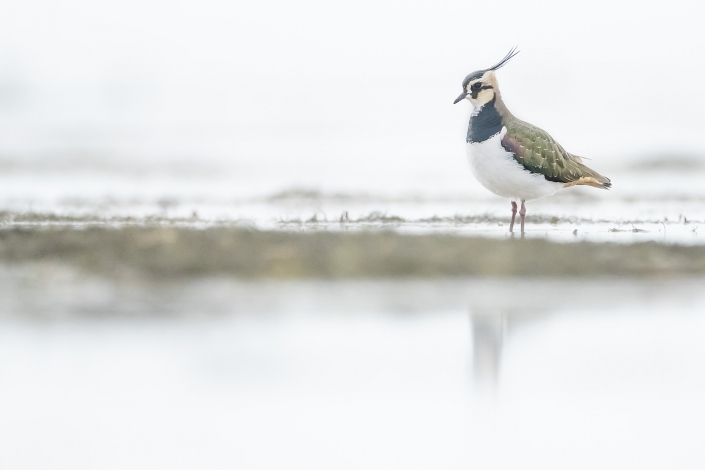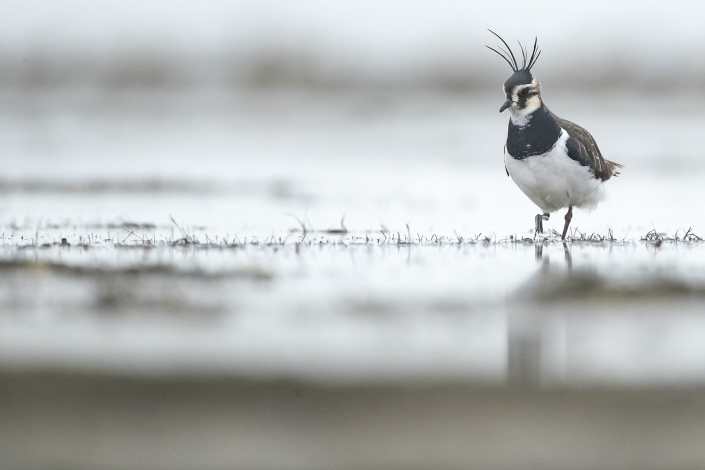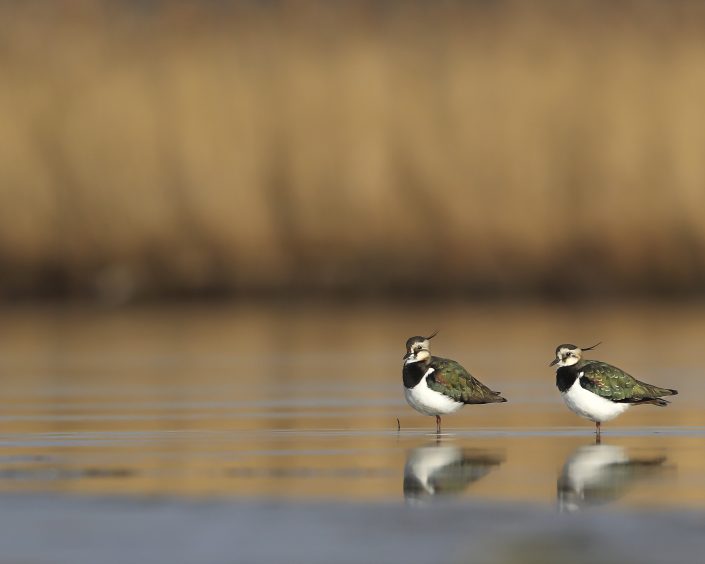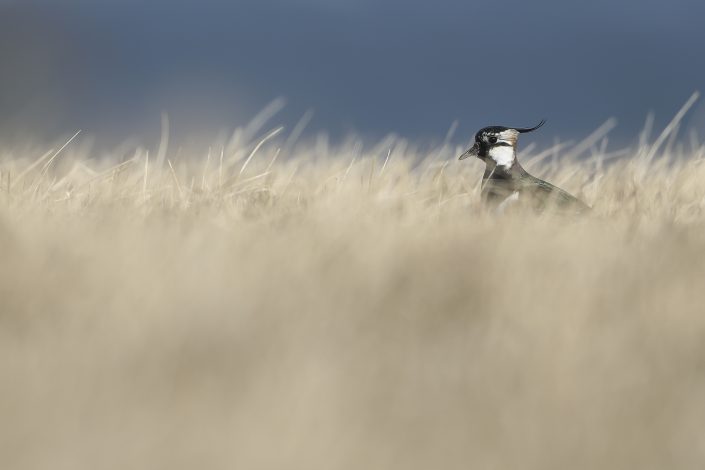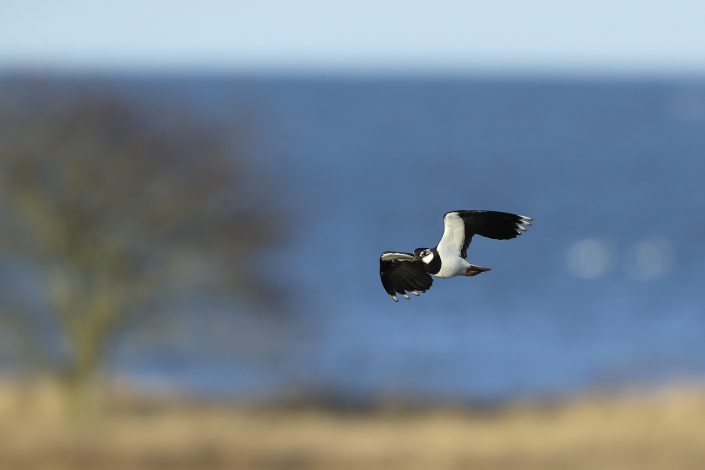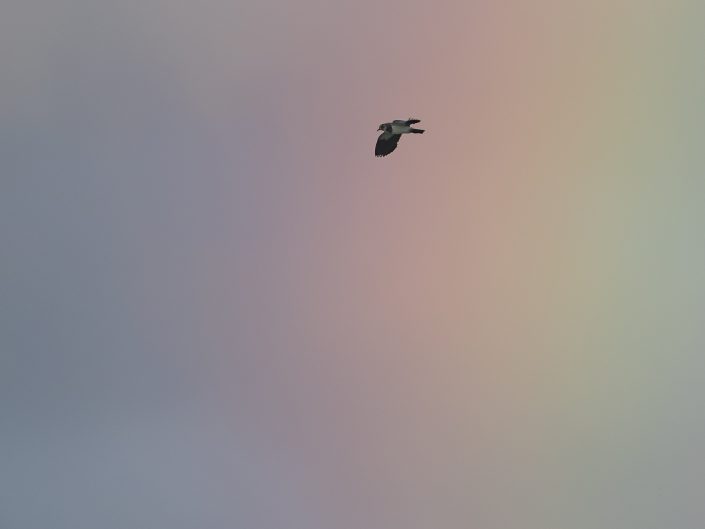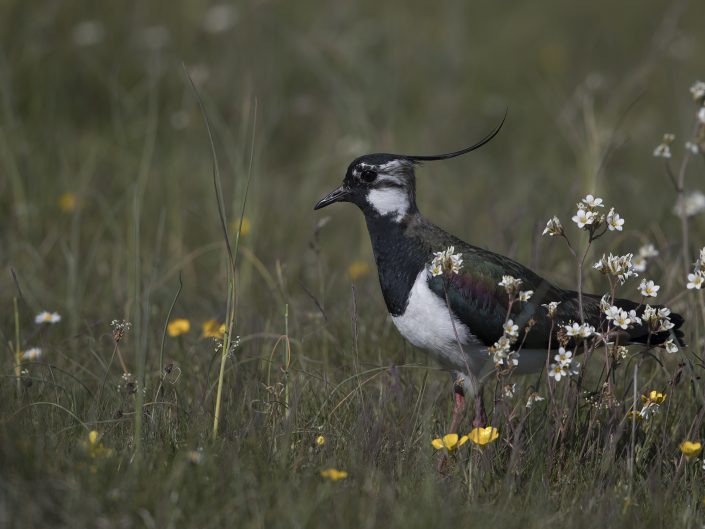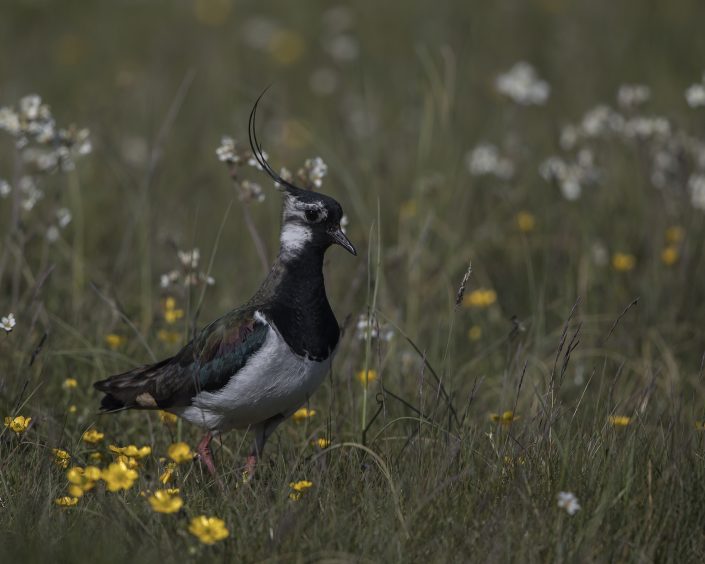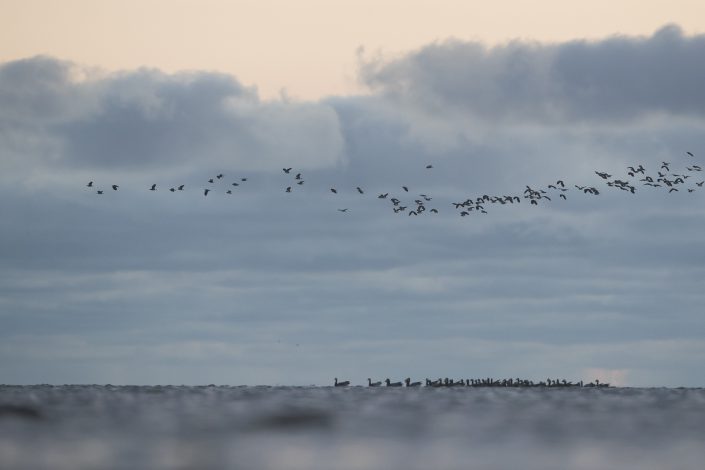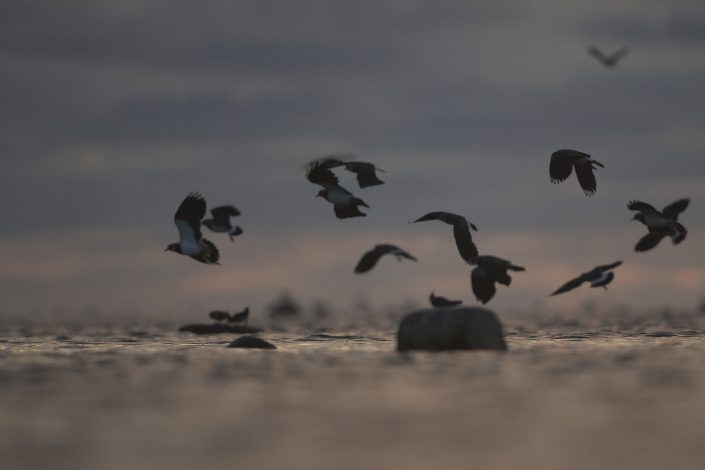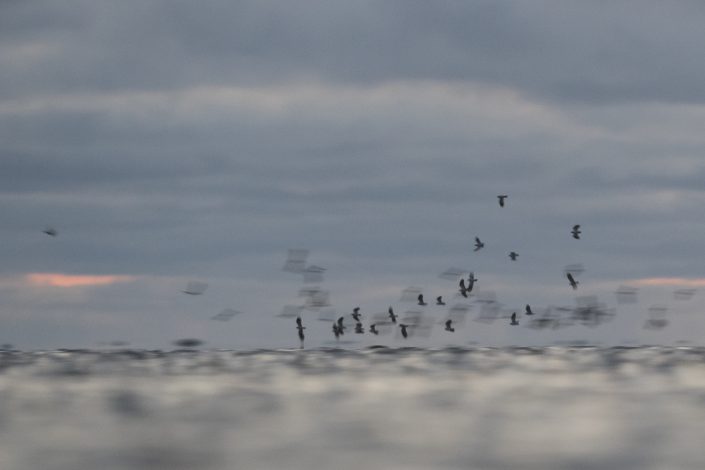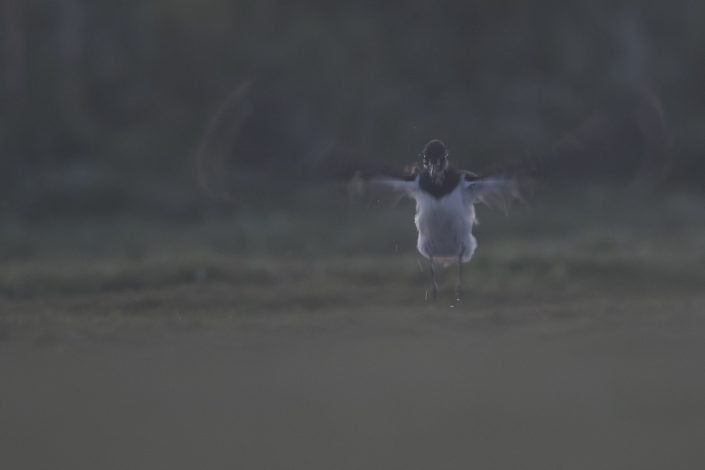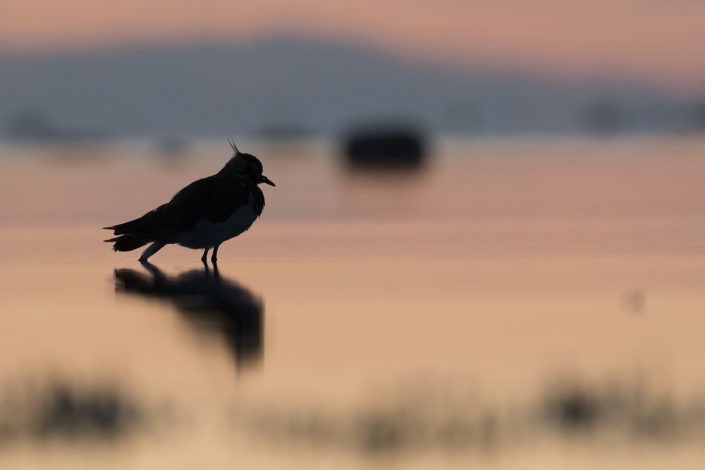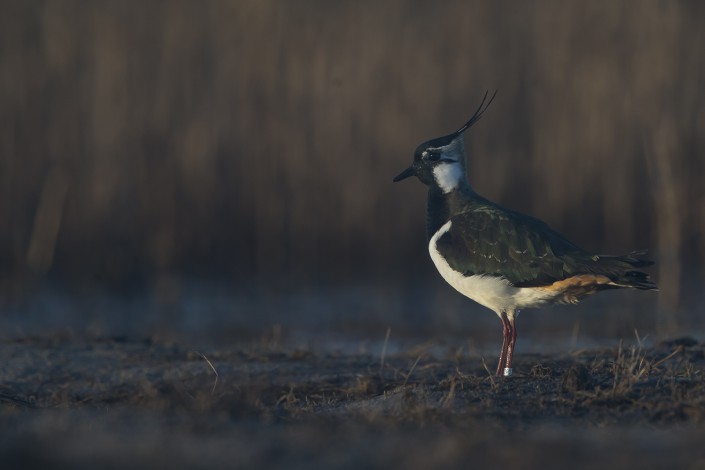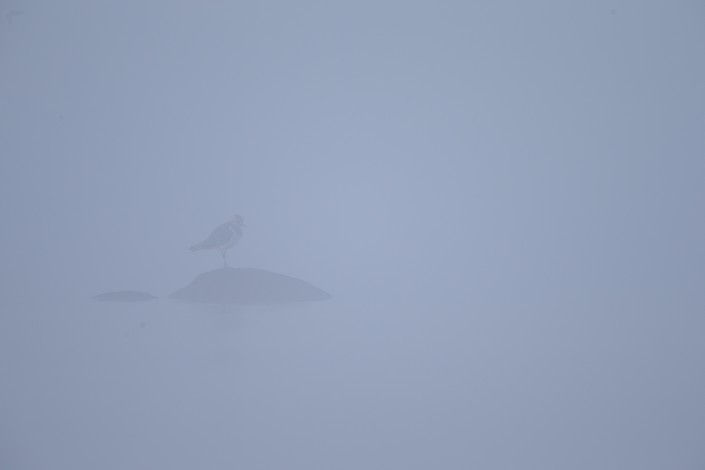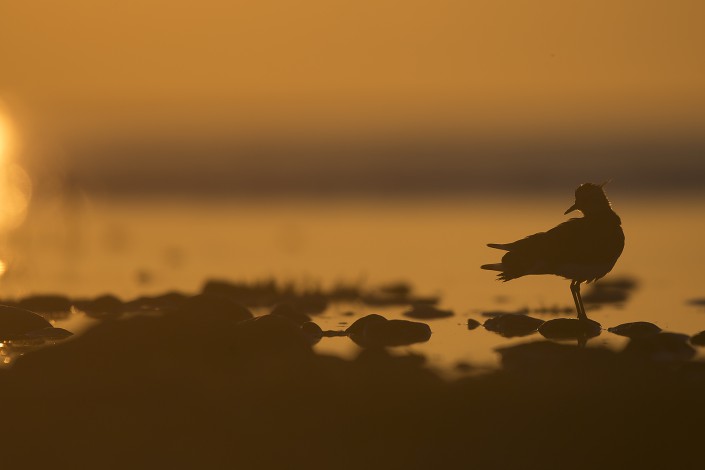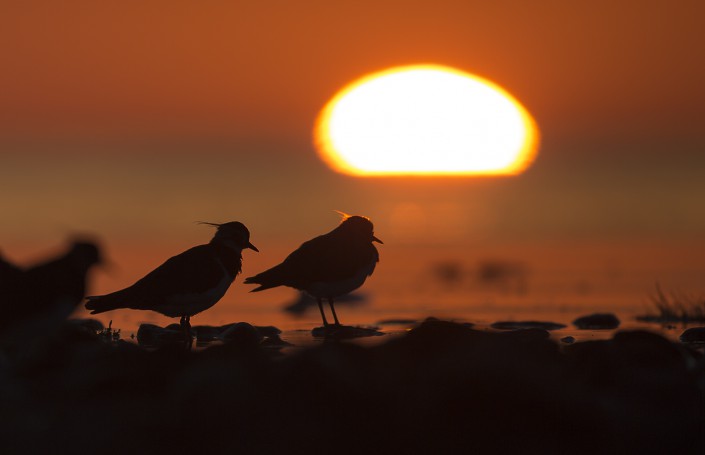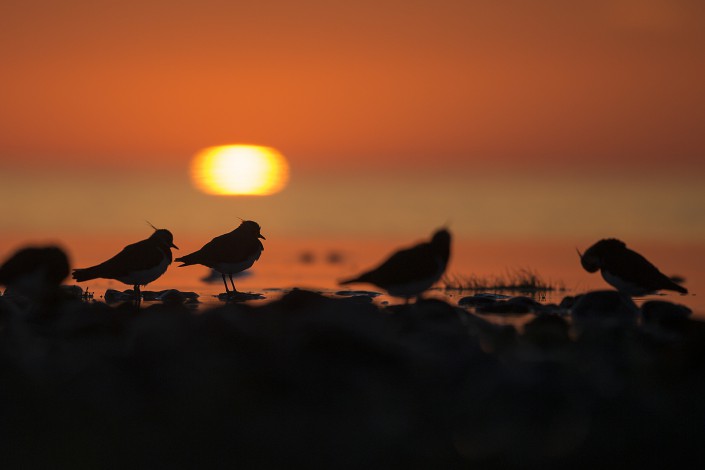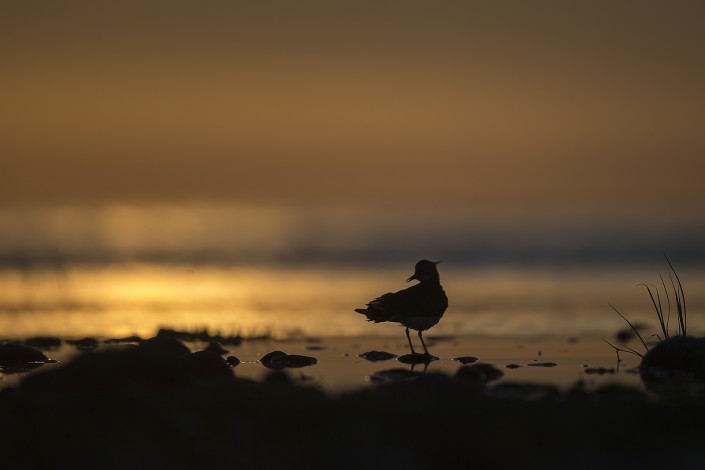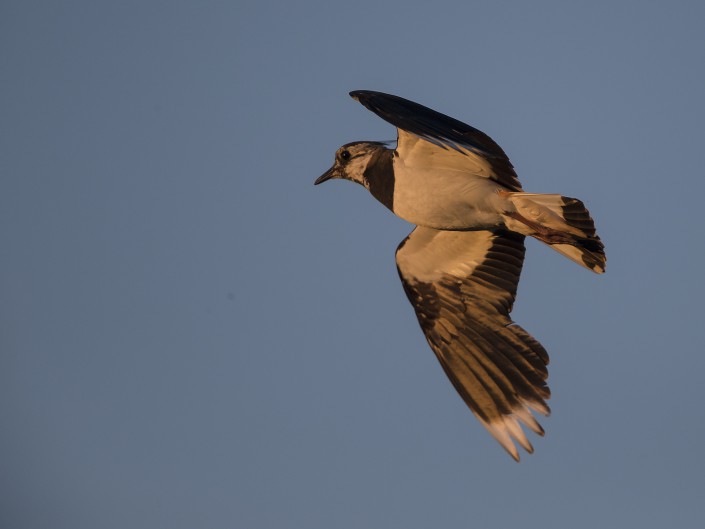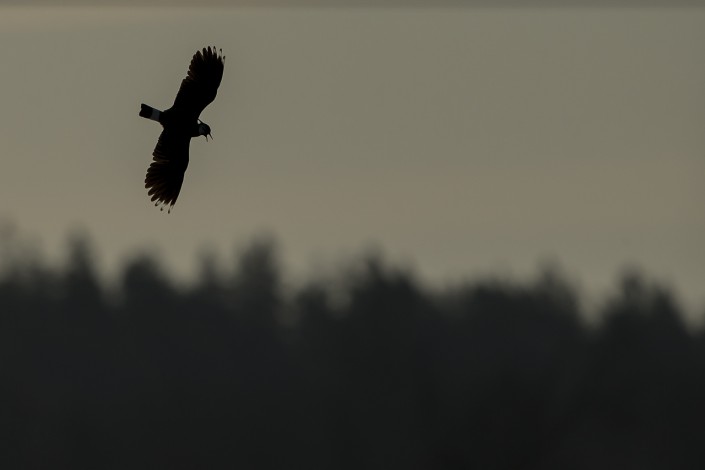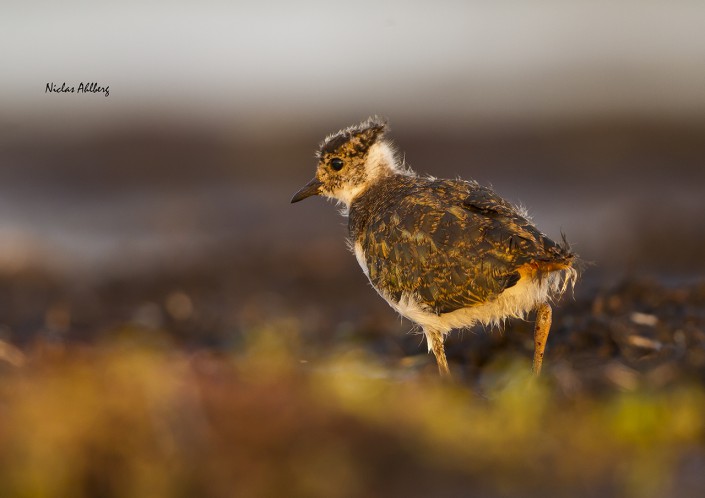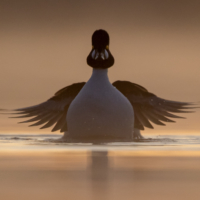This post is also available in: Swedish
Northern Lapwing – Vanellus vanellus
Northern Lapwing – Vanellus vanellus
Northern lapwing is highly migratory over most of its extensive range, wintering further south as far as north Africa, northern India, Pakistan, and parts of China. It migrates mainly by day, often in large flocks. It is a wader which breeds on cultivated land and other short vegetation habitats. 3–4 eggs are laid in a ground scrape. The nest and young are defended noisily and aggressively against all intruders, up to and including horses and cattle. The northern lapwing is a 28–33 cm (11–13 in) long bird with a 67–87 cm (26–34 in) wingspan and a body mass of 128–330 g (4.5–11.6 oz). It has rounded wings and a crest. It is also the shortest-legged of the lapwings. It is mainly black and white, but the back is tinted green. The male has a long crest and a black crown, throat and breast contrasting with an otherwise white face.
National surveys of England and Wales have shown a population decline between 1987 and 1998. The numbers of this species have been adversely affected by intensive agricultural techniques. In the lowlands this includes the loss of rough grassland, conversion to arable or improved grassland, loss of mixed farms, and switch from spring to autumn sown crops. In the uplands, the losses may have been due to increases in grazing density.
Natural England gives grant aid to help restore lapwing habitat within its Environmental Stewardship Scheme. The organisation suggests an option within this scheme called ‘Fallow plots for ground-nesting birds’. Uncropped plots at least 2 ha (4.9 acres) in size provide nesting habitat and are located in suitable arable fields, which provide additional foraging habitat.
It sounds like this
Recording by Terje Kolaas from Xeno canto





